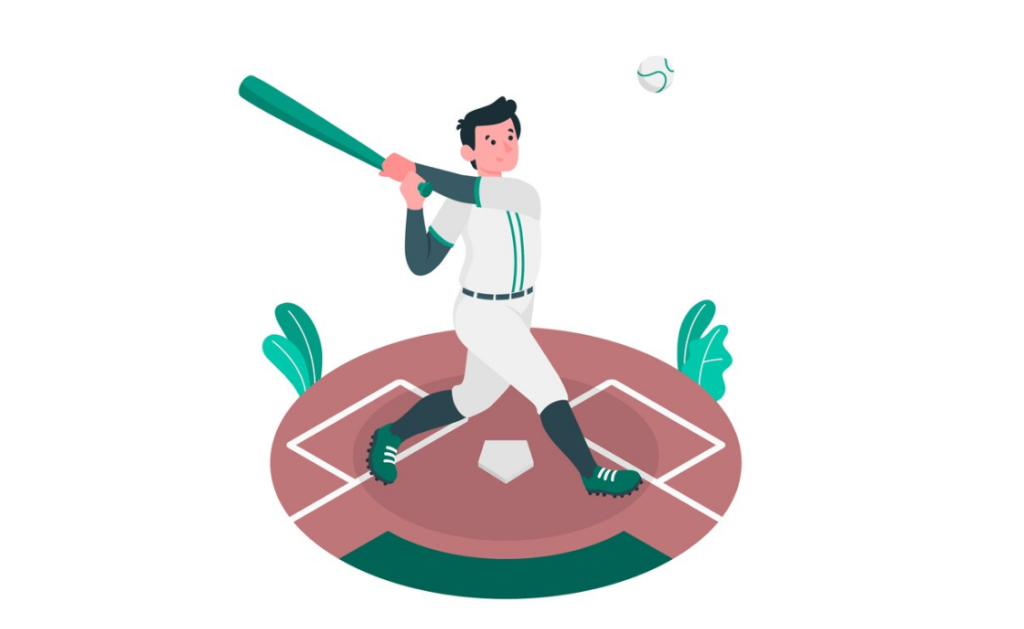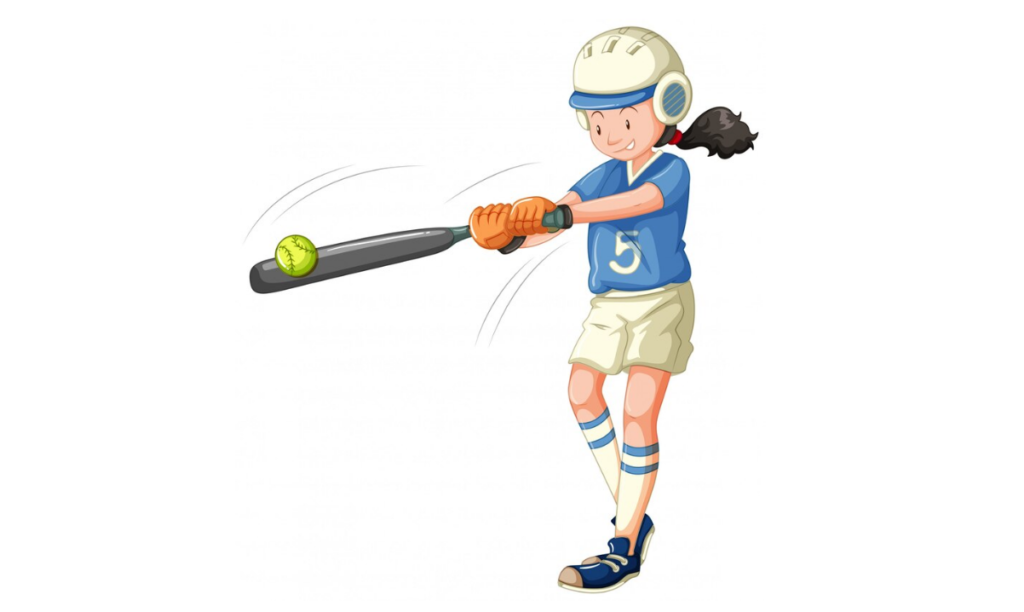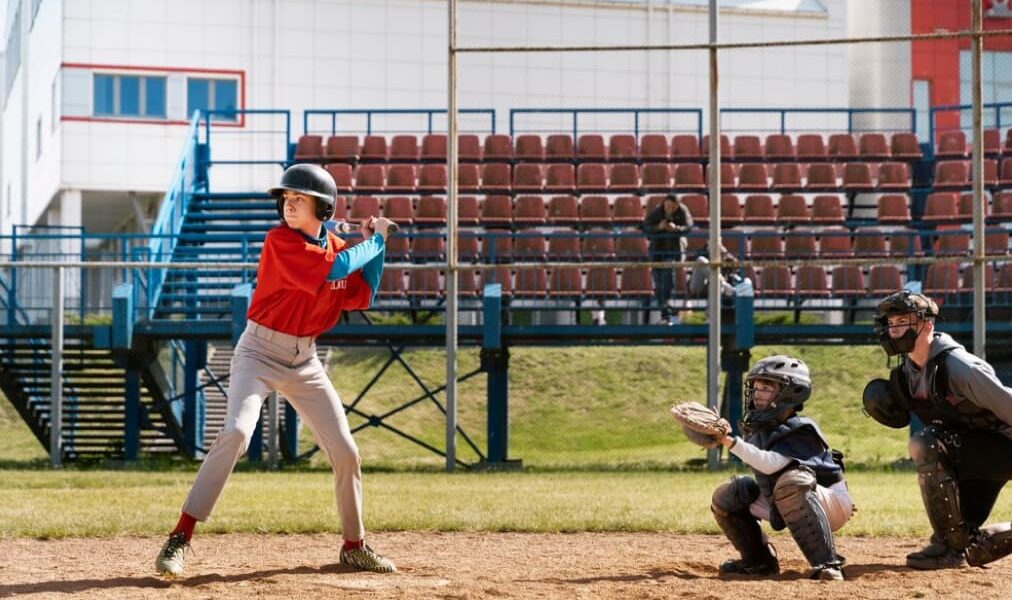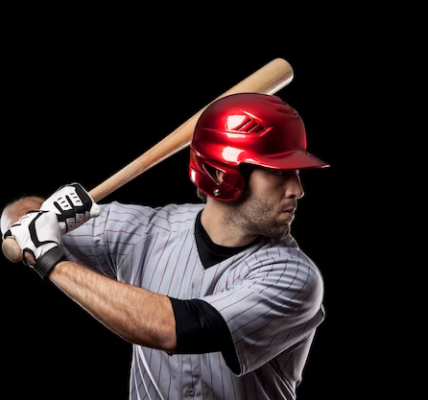In baseball, a utility player embodies versatility, skillfully handling multiple positions and responding effectively to various game scenarios. This flexibility makes them essential to their teams. Let’s explore the utility player’s multifaceted role and their critical importance on the baseball field.
Key Points:
- A utility player is a multi-talented individual who can play numerous positions, offering reliable defense when required;
- Typically, they join the team roster after the depth chart is complete, or they may serve as a defensive substitute in the later innings;
- Utility players often excel more in defense than offense, yet they maintain sufficient batting skills to substitute for regular starters when needed;
- Excluding pitcher, catcher, and first baseman roles, utility players are often found at second base, shortstop, or in the outfield;
- Utility players are employed for various reasons: to provide rest days for regular starters, to manage intense schedules like doubleheaders or tournaments, to offer indirect pitching support, to complement outfielders against challenging left-handed pitchers, to demonstrate defensive prowess through strategic pick-offs, and to be ready for any game situation, regardless of the score.
In the dynamic world of baseball, where utility players often prove their worth by contributing in various positions, it’s essential to delve into the statistics that shape the game, including the intriguing question of why a strikeout is considered a key statistic.
Identifying Your Go-To Utility Player: Who Is It?
In the realm of team sports, the concept of a versatile player becomes crucial, especially when finalizing your team’s lineup. Such players may not always be in the starting eleven, yet their ability to adeptly handle multiple positions makes them invaluable. Picture someone you’d confidently assign for critical defensive plays in the closing moments of a game or as the first substitute in case of an injury.
If a player fits this description, they’re your quintessential versatile team player. Their primary strength lies in defense, often outshining their offensive capabilities. However, their offensive skills are competent enough to warrant temporary inclusion in the starting lineup. This blend of defensive prowess and adequate offensive ability defines the essence of a versatile team player.
Utility Player’s Impact: Strategies and Timing
- A utility player becomes invaluable in scenarios like injuries to key players;
- They’re not just substitutes; they’re reliable stand-ins when a starting player is sidelined;
- The decision of when to bring in a utility player is flexible;
- Their role can range from a one-off appearance in a single game to a consistent presence throughout a series;
- Their versatility allows them to adapt, serving as a starter in one game and then as a strategic late-game substitute in another.
The advantage of having a utility player with a broad skill set is their adaptability. Their frequency of play can increase significantly over a season, often stepping in for a substantial number of games. The utilization frequency of a utility player hinges on your team’s specific requirements and strategic decisions.
Effectively Deploying Utility Players in Various Positions
Utility players are the team’s multi-tools, capable of adapting to almost any position. While they are generally not seen in specialized roles like pitcher, catcher, or first baseman, which often have dedicated backups, this is not a hard and fast rule.
More commonly, utility players are seen covering positions like second base, shortstop, third base, or various outfield spots. Their key attribute is their adaptability to different field positions. This versatility is what makes utility players an essential component of a well-rounded team, ready to step in wherever needed, ensuring the team’s performance remains strong regardless of the situation.
The Value of Having a Utility Player in Your Team
There are numerous advantages to including a utility player on your team. Their reliability stands out as the foremost benefit. In situations where defensive reinforcement is essential, having such a player available is invaluable.
Typically, starting players excel in offense, which justifies their position in the initial lineup. However, a utility player’s defensive skills can be crucial in securing a victory during tightly contested late-game scenarios. Ultimately, a player’s versatility directly correlates to the level of support they can provide to the team’s lineup.
Maximizing the Role of a Utility Player in Your Team Strategy

Employing a utility player effectively can offer substantial benefits to your team. One common strategy is to use them for giving your starters periodic rests. This can be achieved by assigning the utility player three consecutive starts, thereby allowing three different starters to recuperate. This approach not only reduces fatigue among starters but also minimizes their risk of injury, particularly beneficial over a long season where scheduled rest days are crucial.

In scenarios involving back-to-back extreme games, such as doubleheaders or tournaments, a utility player becomes an invaluable asset. Their versatility in such situations can provide the team with a strategic advantage.
- Utility players can significantly impact your pitching strategy, even if they don’t pitch themselves. Their ability to play multiple positions allows for greater flexibility in utilizing other players as relief pitchers. This flexibility is especially useful in teams at various levels, enabling you to retain a pitcher in the hitting lineup while still maintaining strong defensive support in the field;
- When a utility player is also a capable pitcher, the strategic possibilities expand further. They can be used in the field and then brought in to close the game as a reliever, or vice versa. This dual role can be a game-changer in tight situations;
- A utility player can serve as what’s often termed a fourth outfielder. This role is particularly useful for platooning scenarios. For example, if one of the regular outfielders struggles against left-handed pitchers or in certain game schedules, the utility player can be rotated in, ensuring consistent performance across various game conditions. This rotational approach enhances the team’s adaptability and overall performance.
Conclusion
Certain versatile players often find themselves in the lineup regularly, albeit in various positions. These utility players are typically considered average hitters at best, but their primary value lies in their defensive prowess. A skilled utility player possesses the ability to seamlessly transition between positions, grasping the distinct demands of each role. Some utility players even carry multiple gloves to facilitate their transitions from one position to the next. They can take charge in the field when needed, whether executing pick-off maneuvers, coordinating infield shifts, or employing other defensive strategies.
A utility player remains poised to enter the game at any moment, from the very first pitch to the final one. These players stand prepared and available regardless of the score or the circumstances. A dependable utility player stands as a significant asset to any team.




